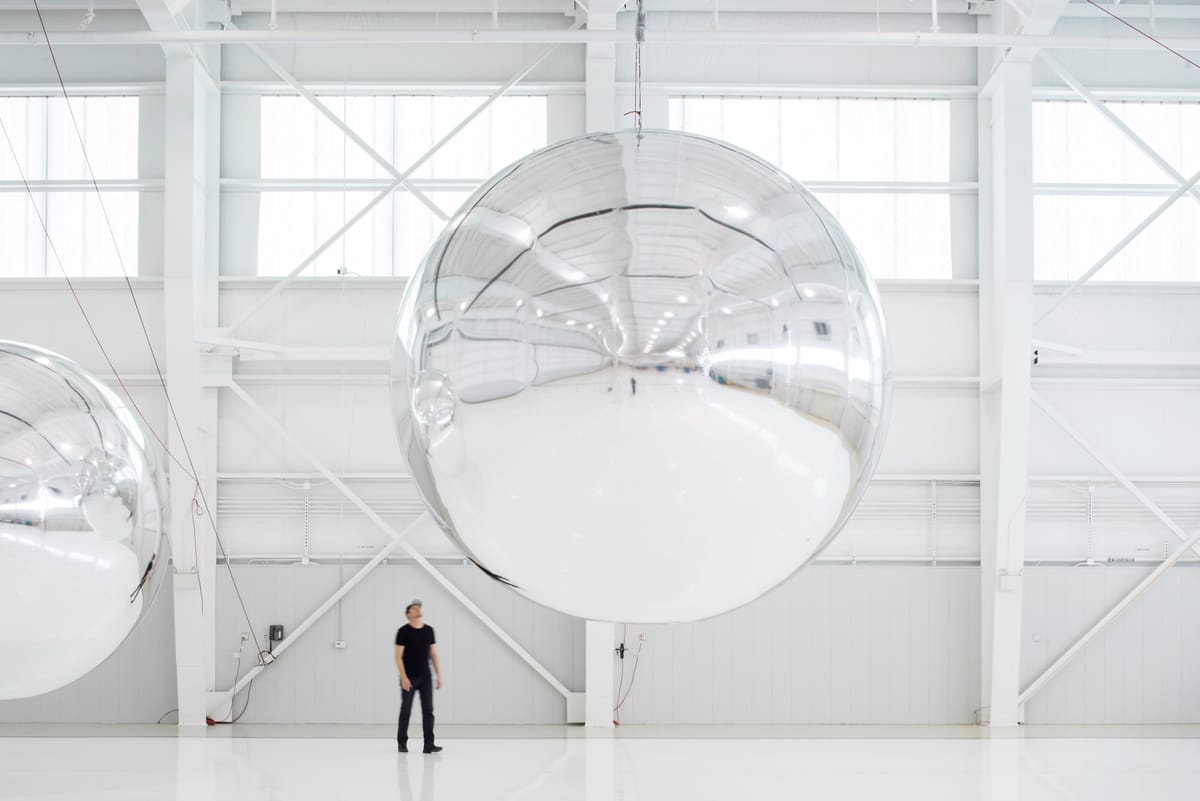If We Want Artists to Succeed, We Have to Give Them Room to Fail
We shouldn't chastise an artist when a piece or project doesn't work out — failure is a vital part of the creative process.

Alright, let’s do it, let’s talk about failure. In my role overseeing visual and performing arts at Kickstarter, failure is an everyday term—a project is either “successful” and meets its funding goal, or “fails” because it doesn’t. It’s the model set up by open calls and requests for proposals (RFPs); before we invest, we want to know this thing has legs. Artists mostly come to Kickstarter with fully formed ideas that they feel will be successful. But there’s also room for those who “fail” on Kickstarter to come back and relaunch with a refined idea, a different entry point, or a new way of addressing something that didn’t connect with their community the first time around.
Through working with artists, I’ve seen how vital failure can be for the creative process. But even getting to the stage of failure first requires a research and development phase of an artist’s practice—which is rarely fiscally supported. To build a more vibrant and diverse art ecosystem, we need to help artists fail.
In studio visits with artists around the globe, I hear about the concepts they’re exploring. I see them spend vast sums of money on research before they share anything with institutions or potential patrons. Consistently, no matter where artists are in their career or in the world, they feel the burden to fund this phase of work themselves, because they see it will rarely be funded otherwise. This restriction constrains artists’ capability to think imaginatively at scale and roots them firmly in what is feasible within their means.
Anyone who has done a studio visit with an artist can relate that some of the most exciting (albeit vulnerable) moments are when an artist is openly exploring an idea in front of you—a concept they have been turning over in their minds, in their journals, on a canvas, or in a maquette for a while. This is the most compelling time to engage with an artist. You are invited into how their mind works and can follow as something develops, morphs, and possibly becomes a piece—and that’s a unique gift.
So, what’s the worst that could happen if individuals and institutions started funding the roughest sketches of an artist’s idea? The fear from our market-driven culture is that the piece never comes to fruition and “fails.” However, we have seen great examples of this in very public forums. What looks like a failure is often just the beginning of something else, often something more interesting.
What looks like a failure is often just the beginning of something else, often something more interesting.
Marina Abramović ran a Kickstarter project for the design process of her Institute in Hudson, NY. She delivered on all of her rewards, including hugging over 1,000 backers at Kickstarter HQ (the line was around the block). But, in the research and development phase of the Marina Abramović Institute (MAI), she encountered serious setbacks that caused the overall budget to balloon from $20 million to $31 million. Ultimately, the space did not move forward, it “failed.” Abramović took a lot of heat from the press about this “failure,” and few articles highlighted the positive side of her Institute morphing into its current form. MAI is now a roving institution, traveling and running workshops all over the world, effectively reaching more diverse and far-flung communities.
Trevor Paglen ran a Kickstarter project in 2017 to fund the completion of his Orbital Reflector—a land artwork in space. After several setbacks with launch dates, the object finally went into orbit in December of 2018. Then, the U.S. government shut down. Without NASA to identify the objects that were launched into space, Paglen ultimately lost contact with the work, and it is now lost in space. Is this a “failure”? The piece wasn’t fully realized, but, in fact, the outcome is actually somehow perfect, and I know it has sparked other ideas for Paglen. Stay tuned for when he goes public with them.
We can’t chastise an artist when a piece or project does not work out. As many artists know, from failure often comes a more compelling endeavor. They realize what isn’t working—or maybe, what unexpectedly was a success—in the process, and go down a different path.
If we change our funding structures and mentality around supporting an artist at an early stage, we are likely to see more challenging and compelling work. Without hamstringing an artist by their own fiscal means at the outset, they will have the liberty to experiment and explore what might have seemed untenable. Following an artist’s true process, not simply the fabrication and installation of an already pre-formed and pre-approved idea, is a more compelling journey for patrons, too.
Curator Kristy Edmunds, who is executive and artistic director at UCLA’s Center for the Art of Performance, has experienced this throughout her career. “I often find that executives, heavily administrative-laden staff members, or board members will ask for the outcome when the artist’s nascent idea is still a doodle on a napkin,” Edmunds said. “If you ask for the outcome first, before the work is made, you miss the essential journey; but you also start to pressurize that work to shift.”
We should not dictate the means or outcomes of an artist’s vision. We are here to support. And in doing so from the early stages, we are fortunate to be a true part of the process and see the joy, intensity, and challenges as a project, piece, or performance comes to life. And if the first iteration doesn’t work, perhaps, most important of all, we get comfortable with the importance of failure.
A version of this essay originally appeared on Artsy.
